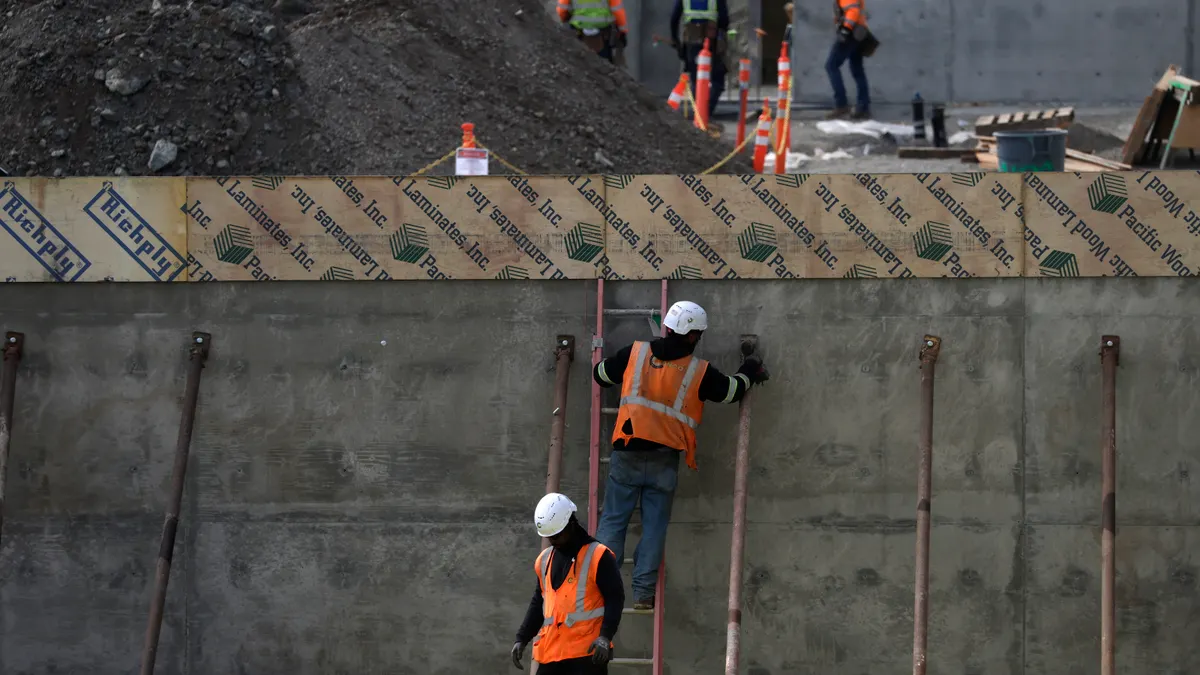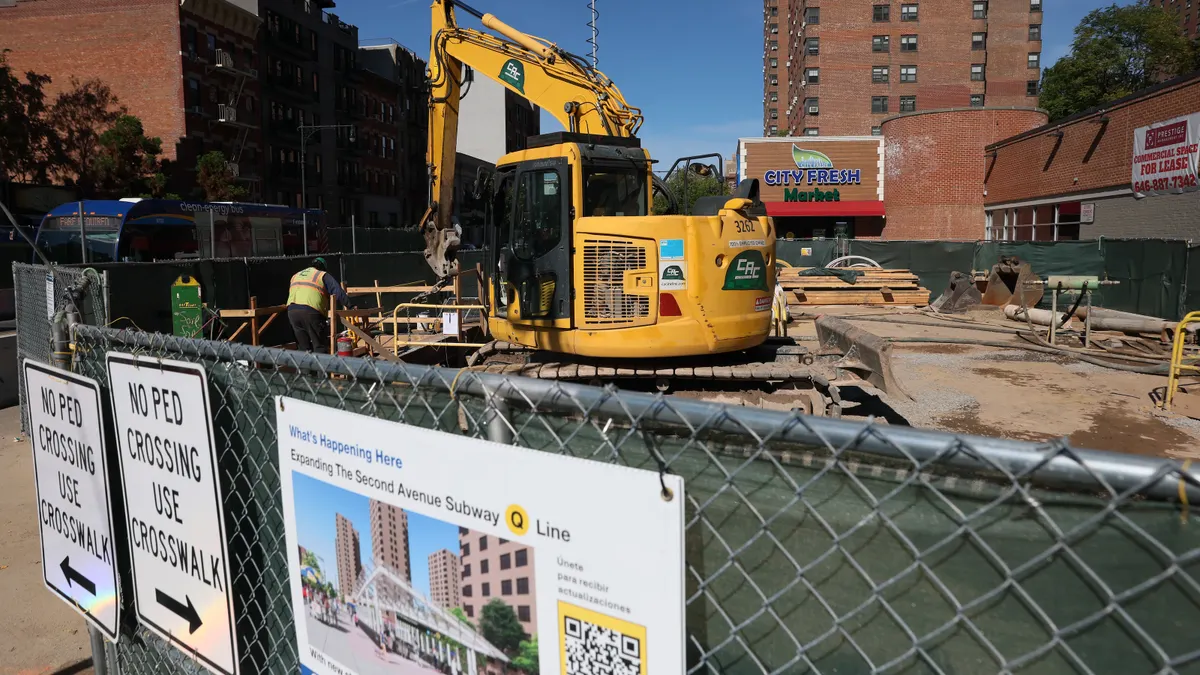Editor's Note: The following is a guest contribution from Robert D. Dietz, an economist and Vice President, Tax and Market Analysis with the National Association of Home Builders. He writes on housing and policy issues at NAHB's Eye on Housing blog and @dietz_econ on Twitter.
Business groups across various sectors of the economy have expressed concerns about proposed regulations that would change the Department of Labor’s overtime pay rules. As the estimates presented below indicate, the new rules would affect at least 116,000 supervisors in the construction sector nationwide. This large number is due to the fact that the new rules more than double the salary threshold required to qualify for the white collar overtime exemption. Given the ongoing challenge construction employers are having accessing labor, this regulation will reduce market flexibility and increase costs, thereby reducing the economic benefits that can be generated by a recovering construction sector.
Under the proposed DOL regulations, the salary level required for the employee assistance program (EAP) or white collar exemption for overtime pay would increase from its current $455 per week ($23,660 per year) threshold to $970 per week ($50,440 per year) beginning in 2016. This represents a 113% increase. Employers are required to pay overtime (time-and-a-half) to salaried white collar workers who earn less than these amounts and work more than 40 hours in a workweek. In addition, overtime-exempt workers must also perform “primarily executive, administrative professional duties.”
The DOL estimates that almost five million additional white collar workers will be subject to overtime pay rules due to the proposed increase in the exemption amounts. The proposed thresholds were selected, according to the DOL, because they represent the 40th percentile of weekly earnings for full-time salaried workers. For years after 2016, exemption amounts would be determined by inflation (CPI) adjustments or estimated changes to what constitutes the 40th percentile. DOL estimates that the proposed change will result in between $1.18 billion and $1.27 billion in annual additional wage costs for employers.
While the analysis detailed below focuses on construction supervisors, it is important to keep in mind that these regulations would affect multiple occupations in the construction and housing sectors. These affected occupations would include, for example, sales representatives, administrative staff and local trade association employees. Given this potential broad impact, an obvious technical issue concerns the fact that wage amounts vary greatly from location to location, as well as among business sectors. For instance, consider the following measure of supervisors who would cease to be exempt from overtime rules due to the salary threshold change.
National Association of Home Builders economists Natalia Siniavskaia, Paul Emrath, and Na Zhao crunched the numbers and charted the results. Using data from the Bureau of Labor Statistics Occupational Employment Statistics (OES), the team used state-level data for the occupation of First-Line Supervisors of Construction Trades and Extraction Workers. This occupation class is a measurement proxy for the kinds of workers who would be affected under the proposed regulations, however it is not a complete one. The OES data provides wage amounts that correspond to certain percentiles (10th, 25th, 50th, 75th and 90th) of the wage distribution for this occupation class within the construction sector. The economists then used a statistical technique to model a complete wage distribution that matches the OES data.
The map below represents the numbers of construction supervisors, in both residential and nonresidential building, who would be affected by changing the overtime standard from $23,660 per year to $50,440 per year. The map also charts the percentage of supervisors in each state who would be affected.
It is not surprising that the total count of construction supervisors affected varies with state size. However, as a percent of workers in that state, it is clear that lower cost-of-living states, namely in the South, are particularly affected. The state with the largest number of supervisors affected is Texas, followed by Florida, North Carolina and California. However, on a percentage of employment basis, the states with the largest scope of impacts are Arkansas, Mississippi, New Mexico and Tennessee, all of which have approximately 50% or more of supervisors currently employed being affected. This geographic distribution is due to the fact that the DOL proposal uses a nationwide 40th percentile threshold, but wage amounts vary state to state.
Nationwide, more than 116,000 construction supervisors would be affected in some way by the proposal, which represents more than 31% of total employment for that occupation class in the sector.
The National Association of Home Builders, the Associated General Contractors of America, and the Associated Builders and Contractors have joined other business groups, including the U.S. Chamber of Commerce, in opposition to the proposed rules via the Partnership to Protect Workplace Opportunity.
Among other criticisms of the proposed rule, increasing the scope of the overtime requirements would act to reduce labor market flexibility in an already tight environment for the construction industry. For example, an industry survey conducted by NAHB at the start of 2015 found that labor access issues top current builder challenges. And BLS data and NAHB analysis of the monthly Job Openings and Labor Turnover Survey (JOLTS) has demonstrated rising counts of unfilled jobs in the construction sector as the industry increases its production after the declines of the Great Recession.
Given the size of the proposed change, and the inartful manner in which the criteria were chosen, it is clear that stakeholders in the construction sector should be concerned. Reducing flexibility in the labor markets, particularly for construction, is the wrong strategy.





















